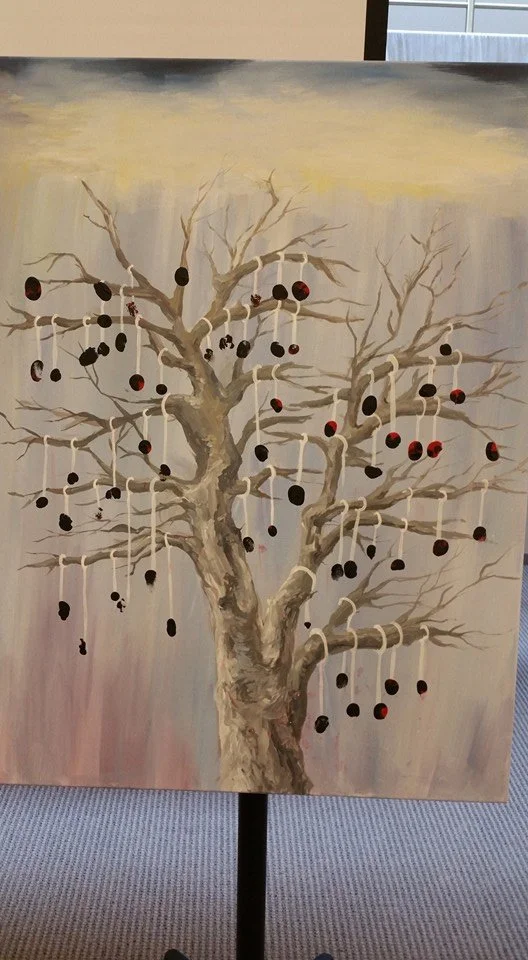Worship and the Arts: Black Lives Matter
01-27-2016
By Student Jaime Gill
TRANSCRIPT
September 2015: Eight seminary students and one vivacious professor began a journey together; a journey that would stretch their personal cultural perspectives as well as their faith to examine the relationship between worship, art, and how it all relates to the mission and assignment of Black Lives Matter.
“Black Butterfly” – Sounds of Blackness
Professor Claudio [Carvalhaes], Miyoung [Kim], Kenji [Kuramitsu], Michael [Thurston], Alexis [Owens], Lauren [Robinson], Tiffaney [Ross], Lois [Snavely], and Jaime [Gill] all had very different perspectives and positions on the positions of Black Lives Matter. But what does art or worship have to do with any of it? And moreover, what was our part?
From guest speakers sharing their ministry, their heart, their perspective, and how it all is reflected in worship through art. Worship, not simply something that occurs in religious gathering, but worship: the expression of who we are and whose we are.
Through visits of the Art Institute, the Mexican Art Museum, improv workshops, and a day dedicated to movement and dance. And the movies of people sharing their lives of garbage through art. And the songs of pain that came through their stories. The story was being told, the pieces were connecting.
Yet in headlines, timelines, and breaking news broadcasts, we were seeing shot after shot after shot of Black lives snatched by violence. White cops killing Blacks, Blacks killing Blacks, women, babies, children, men, all dead. The Day of the Dead was becoming every day in the Black communities. Memorials of lives lost and memories treasured. Black Americans’ blood was like paint on our hands creating the canvas of life, the injustice brushed over the realities of human tragedies.
And then a mother, a brother, and a sister, visit our class and they tell the story of loss to the hands of police brutality, and we no longer could distance ourselves from the realities that plague our communities. They were there. Their pain was there. There loss was there. Their tears were there. And we realized that their pain was our shame. See, Black people have not just started dying by murder, ropes, water hoses, and dogs have been replaced with bullets and silence. But now is the time that we unify and say their lives are, indeed, our lives. Black Lives Matter. But if you really listen, the art—like silence—does speak.
Now we can no longer be guilty of sitting in our respective pews as they have been dying in the streets, no longer able to speak. But we must speak for them. We must create a new picture. A new picture with a different reality.
Featuring: “Black Butterfly” by Sounds of Blackness, “Crazy Streets” by Verbal Kwest, “The Bang Bang Project” and “In the Hood” by Cesar Condé
Jaime Gill is a first-year MDiv student at McCormick Theological seminary with a passion for justice and media ministry.



